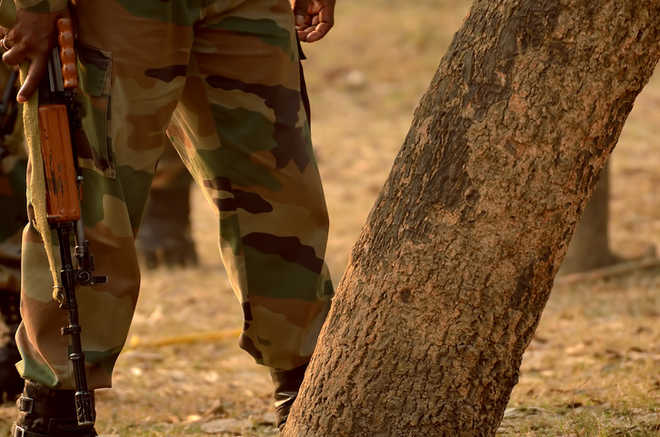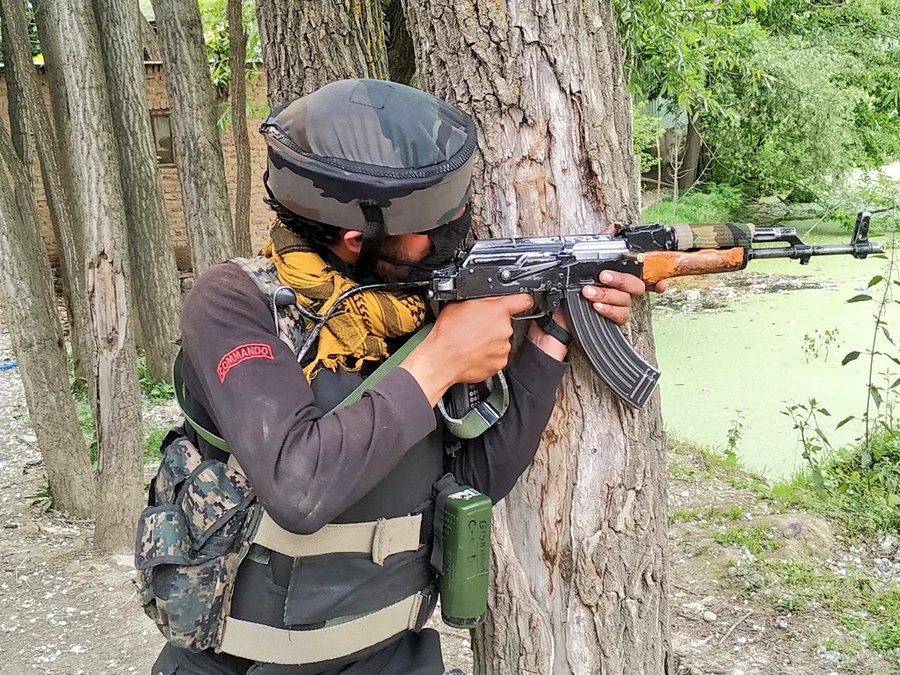India replaces Russia as third biggest military spender, says SIPRI
India's military expenditure rose 6.8 per cent year-on-year to $71.1 billion in 2019, driven by tensions and rivalry with Pakistan and China
Chitranjan Kumar | New Delhi, Tuesday, April 28, 2020 | 17:09 IST
India has now become the third largest military spender in the world, behind the United States and China, according to data released by global think-tank Stockholm International Peace Research Institute (SIPRI).
India's military expenditure stood at $71.1 billion in 2019, a 6.8 per cent increase compared with 2018, as per SIPRI's annual report data released on Monday.
"India's tensions and rivalry with both Pakistan and China are among the major drivers for its increased military spending," says Siemon T. Wezeman, SIPRI Senior Researcher.
In the Union Budget 2020-21, Finance Minister Nirmala Sitharaman allotted Rs 4,71,378 crore ($ 66.9 billion) for the Ministry of Defence (MoD), which is equivalent to 15.49 per cent of the total central government expenditure.
Meanwhile, total global military expenditure rose by 3.6 per cent to $1.917 trillion in 2019, which was the largest annual growth in spending since 2010. The world's military spending in 2019 was equivalent to 2.2 per cent of the global gross domestic product (GDP), which equates to approximately $249 per person. "Global military expenditure was 7.2 per cent higher in 2019 than it was in 2010, showing a trend that military spending growth has accelerated in recent years," says Dr Nan Tian, SIPRI Researcher.
The five largest spenders in 2019, which accounted for 62 per cent of expenditure, were the United States, China, India, Russia and Saudi Arabia. This was the first time that two Asian states had featured among the top three military spenders, the report said.
In 2019, China was the second largest military spender in the world, with its expenditure reaching $261 billion in 2019, a 5.1 per cent increase compared with 2018.
In addition to China and India, Japan ($47.6 billion) and South Korea ($43.9 billion) were the largest military spenders in Asia and Oceania. Military expenditure in the region has risen every year since at least 1989, the report said.
Military spending by the United States grew by 5.3 per cent to $732 billion in 2019 and accounted for 38 per cent of global military spending. The increase in US spending in 2019 alone was equivalent to the entirety of Germany's military expenditure for that year. "The recent growth in US military spending is largely based on a perceived return to competition between the great powers," says Pieter D. Wezeman, Senior Researcher at SIPRI.
In 2019, Russia was the fourth-largest spender in the world. Russia increased its military expenditure by 4.5 per cent to $65.1 billion. "At 3.9 per cent of its GDP, Russia's military spending burden was among the highest in Europe in 2019,'" says Alexandra Kuimova, Researcher at SIPRI.
Germany led military expenditure increases in Europe, with 10 per cent growth to $49.3 billion in 2019. This was the largest increase in spending among the top 15 military spenders in 2019.
"The growth in German military spending can partly be explained by the perception of an increased threat from Russia, shared by many North Atlantic Treaty Organization (NATO) member states," says Diego Lopes da Silva, Researcher at SIPRI.
At the same time, military spending by France and the United Kingdom remained relatively stable.



